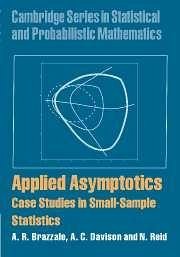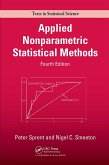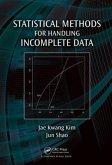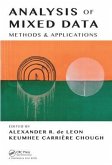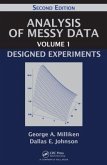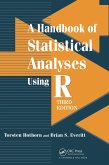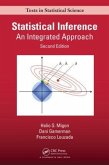In fields such as biology, medical sciences, sociology, and economics researchers often face the situation where the number of available observations, or the amount of available information, is sufficiently small that approximations based on the normal distribution may be unreliable. Theoretical work over the last quarter-century has led to new likelihood-based methods that lead to very accurate approximations in finite samples, but this work has had limited impact on statistical practice. This book illustrates by means of realistic examples and case studies how to use the new theory, and investigates how and when it makes a difference to the resulting inference. The treatment is oriented towards practice and comes with code in the R language (available from the web) which enables the methods to be applied in a range of situations of interest to practitioners. The analysis includes some comparisons of higher order likelihood inference with bootstrap or Bayesian methods.
Hinweis: Dieser Artikel kann nur an eine deutsche Lieferadresse ausgeliefert werden.
Hinweis: Dieser Artikel kann nur an eine deutsche Lieferadresse ausgeliefert werden.

